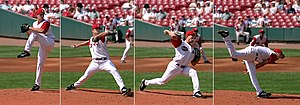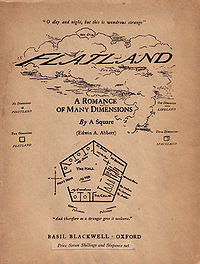Start by watching animation by Jan Svankmajer (youtube, vimeo and other other sources). In particular, check out Dimensions of a Dialogue.
Secondly, check out works by the Brothers Quay. If you have netflix, check them out HERE
Otherwise, hunt around YouTube, etc.
Otherwise, hunt around YouTube, etc.
Your first project will be to create an experimental animation that is steeped in a central concept of your choosing, and which is technically considered (no tests, plenty of time and nuance).
Come to class on Tuesday with three distinct ideas. Try to purge conventional Disney/Pixar narrative from your mind, and invite abstractions, surrealism, minimalism and gesture. I will be meeting with each of you one on one to talk about those ideas, so make sure you spend a couple hours (not 15 minutes) developing the concepts. Ask yourself how you can avoid the expected, the cliche and the cutesy narrative and create something altogether different.
If you have questions, email me.







